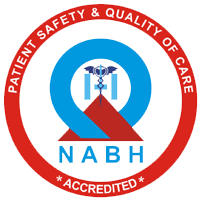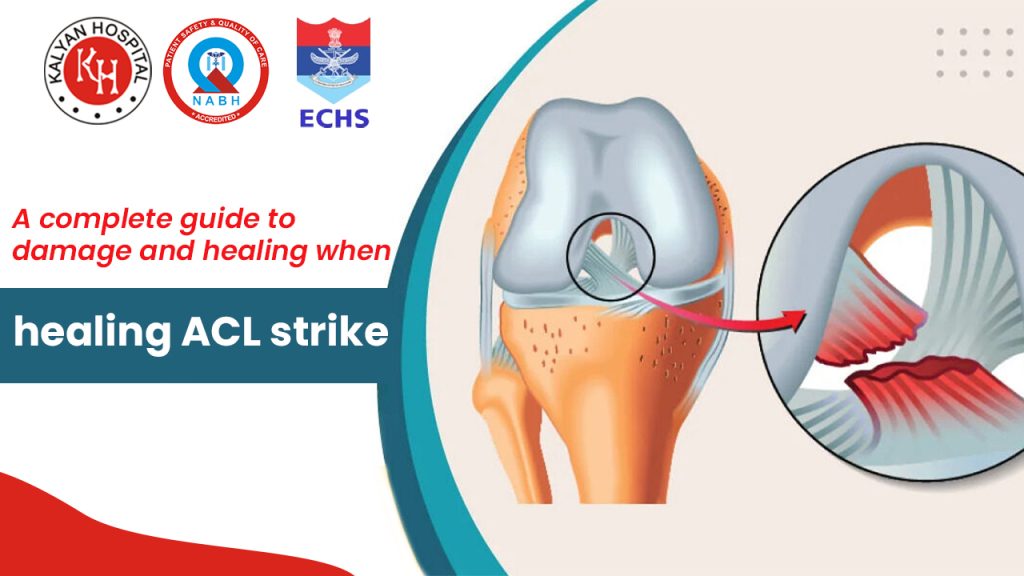A complete guide to damage and healing when healing ACL strike.
![]()
The most often injured knee ligament is the ACL. ACL tears are typically caused by sports injuries. You will most likely need surgery to repair your torn ACL. Most ACL rupture victims fully recover and can return to sports without long-term effects.
What is the definition of ACL surgery?
An anterior cruciate ligament tear damages the ACL in your knee. One of the ligaments in your knee is the ACL. It joins the tibia, your shin bone, to the femur, your tight bone. Each knee has one ACL, which you have. Together with your posterior cruciate ligament, it creates an X shape inside your knee. Nearer to the front of your knee is the ACL. The rear of your knee is nearer the PCL. Anterior cruciate ligament injuries are classified into three grades. The top orthopedic hospital in India should be contacted if you are experiencing problems with your anterior cruciate ligaments.
Different types of ACL surgery
The term ACL refers to an anterior cruciate ligament injury. You can quickly determine the severity of your injuries using these grades. Grades for ACL injuries range from one to three:
- Grade 1: Your ACL is still intact and keeps your knee bones together, but it was stretched enough by the injury to cause damage.
- Grade 2: Your ACL was partially torn and loosened as a result of the injury stretching it so much.
- Grade 3: Your ACL is completely torn, leaving two parts.
What are the causes of the ACL surgery?
An ACL tear occurs when the knee bends or twists more than it should. ACL tears are most frequently caused by
- Sports-related injuries.
- Vehicle mishaps.
- Collapses.
Sign of anterior cruciate ligament injury.
The most common ACL tear symptoms include:
- Feeling or hearing a pop in your knee.
- Swelling.
- Pain.
- Weakness or feeling like your knee has given out.
- Losing your range of motion
How is the Anterior ligament injury diagnosis?
Most of the time, a physical examination is sufficient to make the diagnosis; sometimes, additional testing is necessary to rule out other possible causes and assess the extent of the injury.
- Radiology images: A bone fracture may need to be ruled out with X-rays. But soft tissues like tendons and ligaments are invisible on X-rays.
- Imaging using magnetic resonance: An MRI creates images of your body’s soft and hard tissues using radio waves and a powerful magnetic field. An MRI can reveal the degree of an ACL injury and indications of damaged cartilage and other knee structures.
- Ultrasound: Ultrasound is a diagnostic tool that uses sound waves to see internal structures, including the muscles, tendons, and ligaments.
Treatment of the Anterior cruciate ligament injury.
The degree of your ACL tear and any additional damage inside your knee will determine the course of treatment.
At-home therapies
- Rest: Steer clear of the action that hurt you. When your knee heals, avoid using it excessively.
- Ice: Several times a day, apply a cold compress or ice packs wrapped in a small towel to your knee for fifteen minutes.
- Compression: To help with swelling reduction, you might wrap an elastic bandage over your knee.
- Elevation: Whenever possible, raise your leg and knee over your heart.
ACL tear surgery
You can typically return home the same day after knee replacement surgery if it’s outpatient. Your surgeon will repair the tear inside your knee using a minimally invasive procedure called a knee arthroscopy.
Surgery for the spine and knee replacements has become common. The best doctors perform ACL surgery in India at Kalyan Hospital.




No Comments